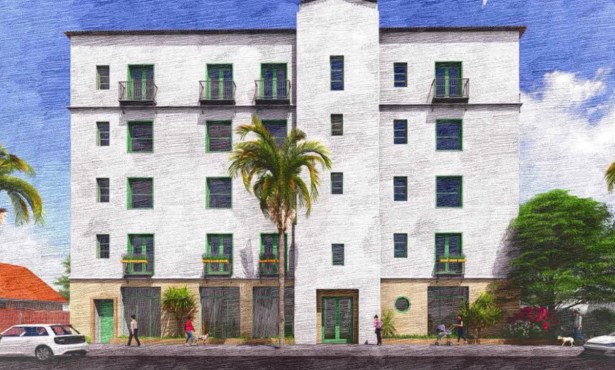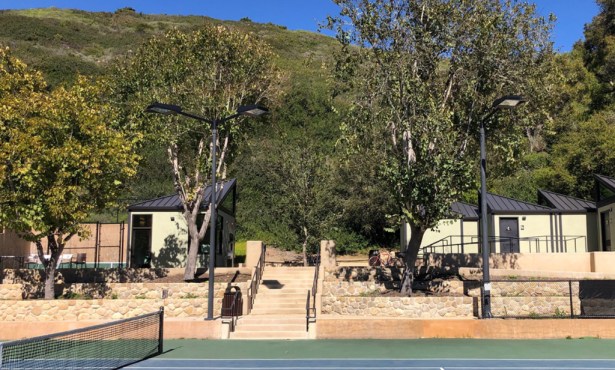Wants, Needs, and Two Lots of Land
S.B. School District Weighs Development Options
by Ethan Stewart
It has been almost exactly two years since the Santa Barbara
School Board decided to explore the possibility of developing their
two open-space property holdings in the name of district revenue
and perhaps employee housing. However, as the final report on the
feasibility of building out these two properties was being
presented to the board Tuesday night by the UniDev Corporation, it
was abundantly clear to all those in attendance that the journey
toward a decision on the future of the holdings has — for better or
worse — only just begun. Or as board member Laura Malakoff said,
with no small amount of consternation, “It’s going to be a long
process and I’m not sure I want to start that tonight.”
Faced with a truly impaired elementary district budget and a
secondary schools budget that is just a shade or two healthier, the
district can no longer afford to pay the nearly $100,000 in annual
taxes on the properties — not to mention the fact that, in an age
of declining enrollment and gridlocked teacher salary negotiations,
the allure of a possible new revenue stream has never looked
better. Add to that a local real estate market that pretty much
prices out any would-be buyers who make their living teaching, and
you have a situation that practically deman ds that the board do
something with their golden-egg acreage.
Looking to better understand the options, the district hired
UniDev — a Maryland-based consulting and development firm with
experience in education housing — in the summer of 2005 to explore
four possible paths: the as-is sale of the 12-acre Hidden Valley
and 23-acre Tatum properties; the “fully-entitled” sale of the
properties; building the properties out with market-rate housing
and selling them; or using the sites for employee housing that may
or may not have long-term ground leases. After more than 16 months
of surveying local teachers about their needs and desires,
researching the complex beast that is Santa Barbara real estate,
and holding workshop-style meetings with the general public, UniDev
representatives unveiled their final findings Tuesday night,
complete with financial projections of what each option would
generate in cash and what type of development they felt the sites
could handle.
Based on the legal constraints on specific actions the board can
take, UniDev Vice-President Peter Smirniotopoulos downplayed the
attractiveness of an as-is sale, as well as a fully-entitled sale,
of the properties while painting a picture of a variety of
high-density housing projects that would potentially earn millions
for district. According to his numbers, Hidden Valley could take up
to 98 units and generate up to $16.2 million, depending on the
amount of employee-only housing and whether or not long-term land
leases are used. For the Tatum property in the Goleta
Valley — which Smirniotopoulos characterized as “the place” for the
school board to make a commitment to workforce housing — the
numbers varied from 90 units to a 276-unit development earning the
district up to $20.5 million. On both parcels, the average price of
affordable workforce housing was estimated around $360,000.
However, to Smirniotopoulos, nothing can happen until the board
makes a policy decision about what it values more — making money or
creating affordable homes for district employees.
According to Superintendent Brian Sarvis, that choice could be
made as soon as January — when the board will revisit the
issue — though he was adamant Tuesday night that, “At this point it
is completely wide open as to what the district can do.” Despite
Sarvis’s sentiments, residents from both neighborhoods were
outspoken in their opposition to the developments and highly
critical of the feasibility study itself, citing loss of open
space, increased traffic, and most importantly, the high-density
nature of the hypothetical projects. Speaking specifically about
the Tatum property, David Kloos — who lives in the
neighborhood — perhaps summed up the opposition best when he told
the board, “It would be disastrous to proceed with these types of
developments. We don’t want to live in density and this is an
overwhelming feeling in the community … You bring in density and
you just bring in more social problems.”



